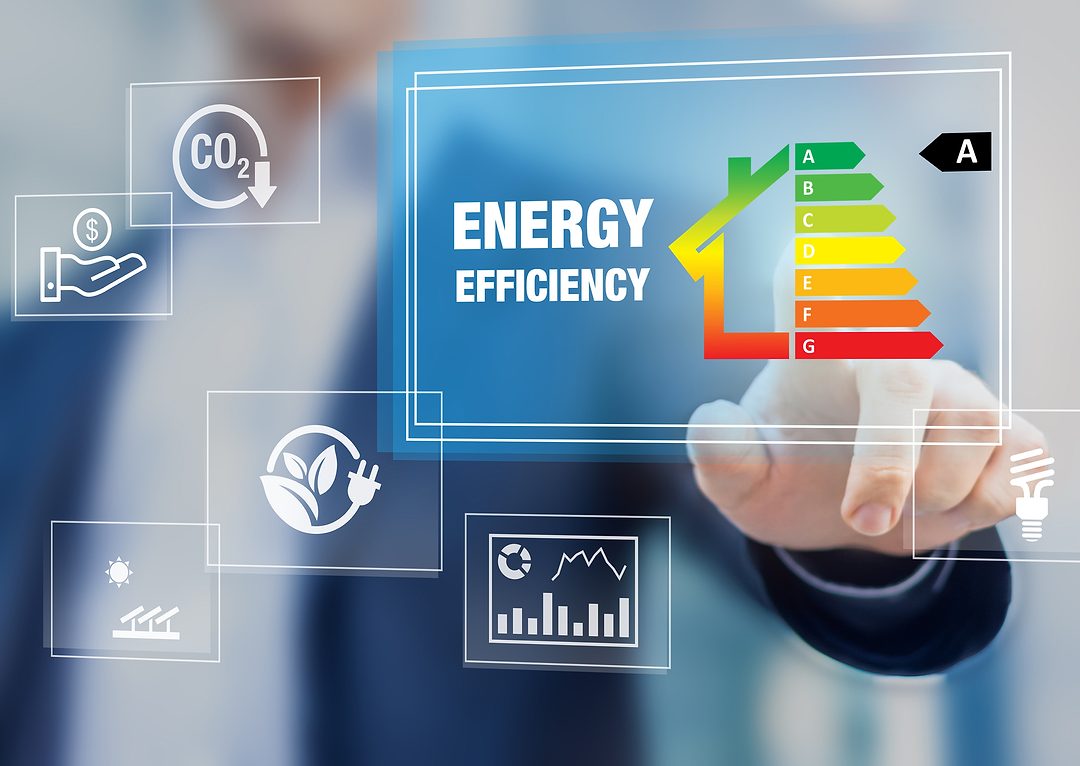Green Bonds
Where would we be without them?

In 2008, the name Fannie Mae jumped into the foreground for many Americans. The financial crisis of that year illuminated the scope of property loans in its financial portfolio.
In 2021, however, the agency made news on a different front: it is the largest green bond issuer in the world. These programs can secure capital for building owners who want to improve their properties' energy and water efficiency. Are green bond programs like this working as intended?
First, what does Fannie Mae do again? The company is a government-sponsored enterprise that buys existing mortgages from banks. “By investing in mortgages, Fannie Mae creates more liquidity for lenders, including banks, thrifts, and credit unions, which then allows them to underwrite or fund more mortgages,” explains Investopia (https://bit.ly/3vclON1).
Fannie Mae is now an enormous player in the energy improvement market. Between 2012 and 2020, it dedicated $88 billion to its green bond program (https://bit.ly/3n7tn4f; https://bit.ly/3aBrTJo). Building owners can use these programs for building upgrades. Investors can back green bonds, believing the upgraded buildings in these mortgage packages stay ahead of the curve. Landlords or owners who are going green are presumably a safer bet for investors. Everything sounds great.
However, Greenbiz.com describes how a lack of proper government regulations can result in the misuse of green bond funds collected for environmentally friendly projects, which may go unpenalized. “This relative paucity of standards for value, legitimacy and structure should give novice investors and issuers some pause,” the site cautions (https://bit.ly/3ACTYL7). “Many countries, too, are issuing green bonds before they have finalized what makes a bond green or what makes a green investment bondable.”
If you issue green bonds and want to provide some direction for how money should be spent, you can suggest the voluntary process outlined in the Green Bond Principles developed by the International Capital Market Association (https://bit.ly/3mTkPO0).
A portion of the GBP standard abstract reads: “By recommending that issuers report on the use of green bond proceeds, the GBP promote[s] a step change in transparency that facilitates the tracking of funds to environmental projects, while simultaneously aiming to improve insight into their estimated impact.”
Some green bond issuers, such as the New York Metropolitan Transportation Authority, take an additional verification step. They use a second party to verify the upgrades reported. This extra step is good for credibility but is not required in the United States. It also depends on the second party to know their way around an energy or water audit.
But as we learned in 2008, just because the banking industry deems mortgages highly rated or adheres to voluntary best practices does not make it true. In 2008, many top-rated mortgage blocks were full of bad loans. For the green bond program to live up to its significant dollar figure, we need an effective way for a rating agency to essentially decertify a property as “not green” if it fails to show energy and water efficiency progress.
I speculate that an underlying problem is these megabanks don’t know much about mechanical systems or building envelopes. They may have a new corporate strategy to promote sustainability but are far removed from the construction industry.
The heart of the problem is that it is hard to measure green. It has always been a difficult concept to standardize. If it were easy, there would not be hundreds of agencies competing to construct a comprehensive building rating system to put all buildings on the same scorecard.
A Grist.org analysis (https://bit.ly/2YHIzfF) found that about “1,600 of the 3,800 properties in the Fannie Mae green bond program saw improvement in their energy scores within a median period of about two years, indicating that they likely met Fannie Mae’s targets, at least with regard to energy use. (The program only began reporting water use scores in 2019.)”
However, about 700 of those 1,600 properties saw their energy scores later stagnate or drop. “Overall, more than 800 properties in Fannie Mae’s dataset saw lower or identical energy scores in the most recent data year compared to their scores at loan issuance,” the online magazine notes.
And $16.5 billion worth of buildings in the program went backward with energy and water use, becoming more wasteful. In 2019, Fannie Mae began requiring energy use improvements of 15 percent or better to qualify.
Green bonds look great on paper. However, if the buildings are not greener after participating in the programs, who wins? Green bonds may continue to grow, and buildings may limp along to code compliance energy measures. It would be a shame for the seemingly noble cause of supporting energy and water efficiency to get a black eye for lack of substance, leading to a green bond bubble pop.
The trend is continuing upward quickly. A CNBC video anticipates $375 billion will be issued as green bonds in 2021 (https://bit.ly/3BFYDgu). A more tightly regulated green bond system, supported by this amount of money, has the potential to do enormous good. On the other hand, green bonds could become the largest greenwash of all time.
Without clear, measurable benchmarks for properties, I anticipate a future filled with corporate reports containing pictures of trees and leaves on the cover, concealing thousands of properties full of minimum energy code-compliant buildings. In that case, maybe we would have been better off without them.





